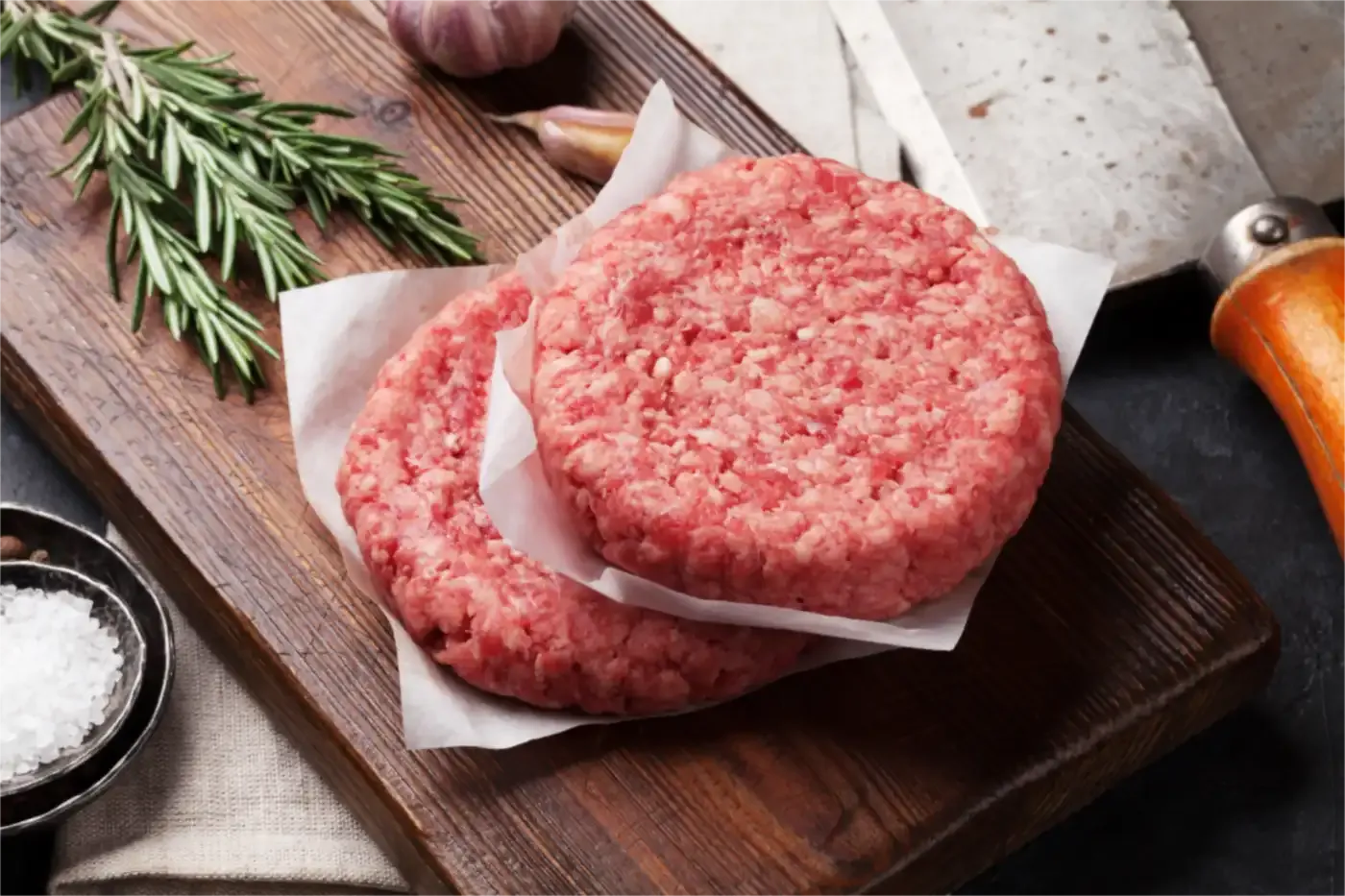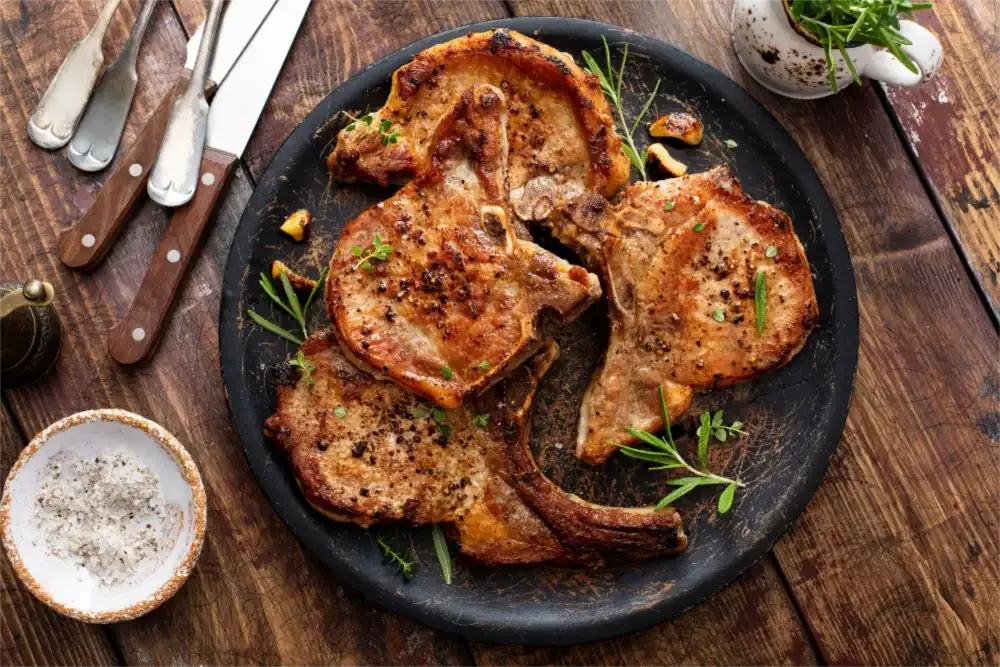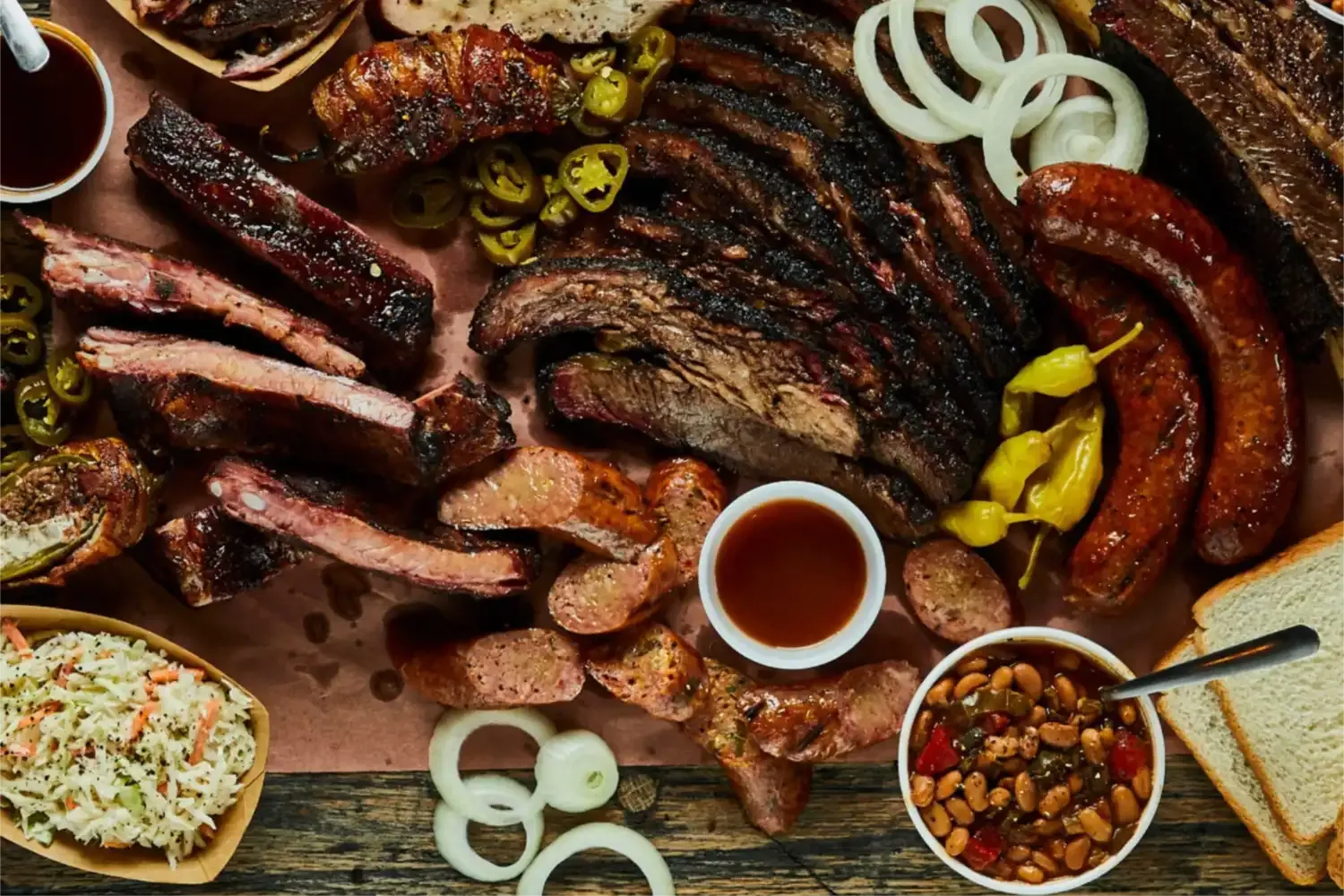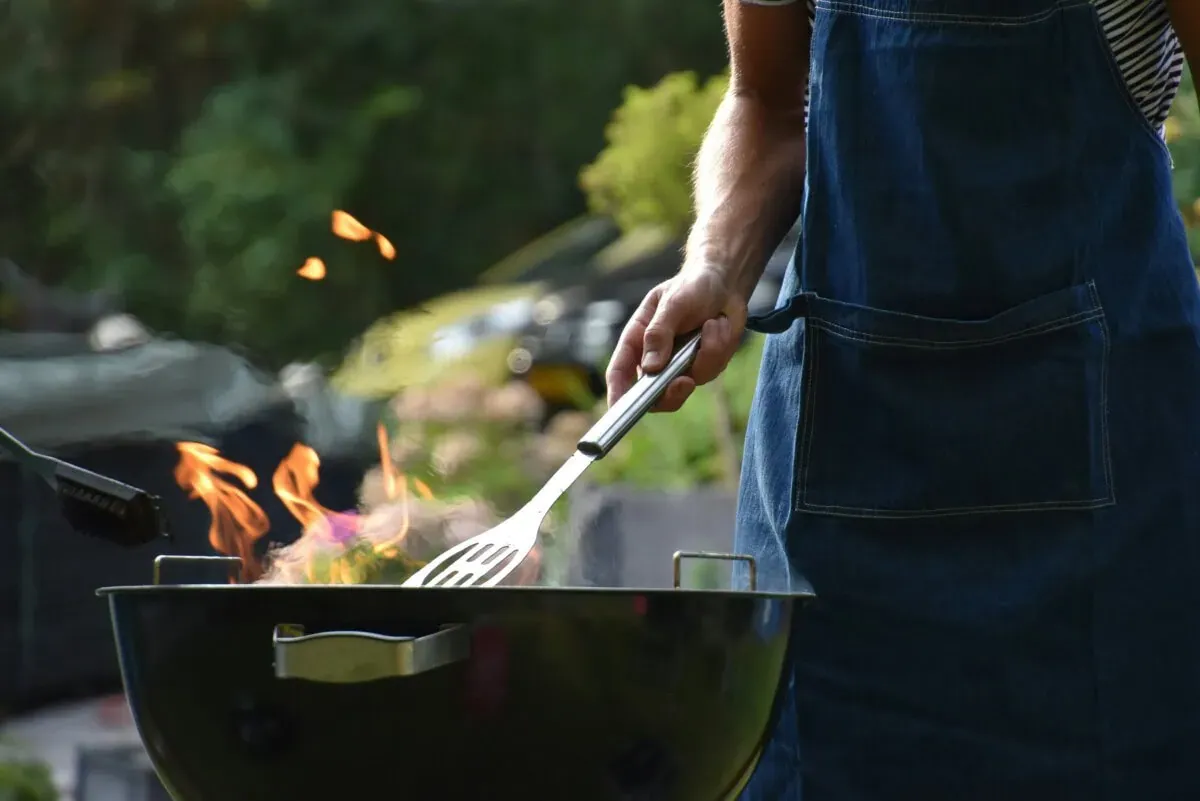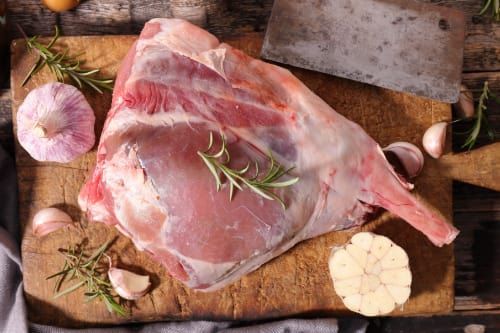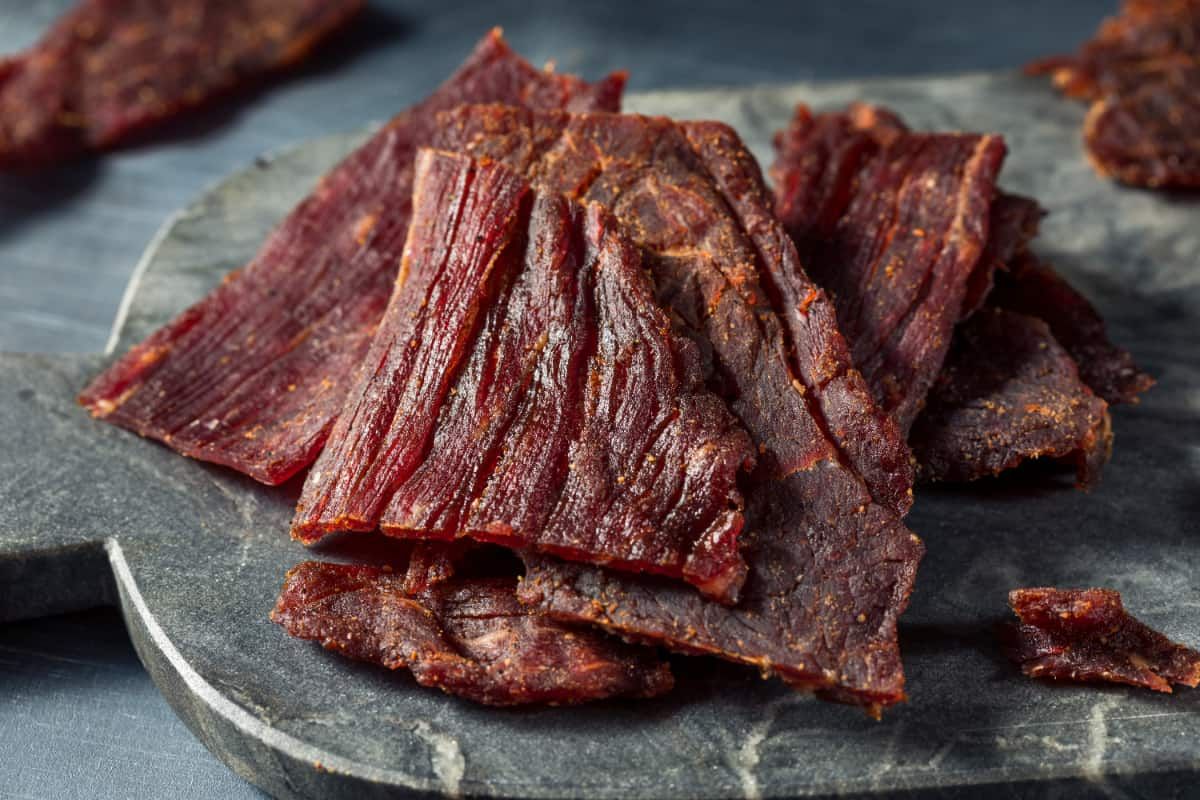Tips & Tricks
Top Tips for Perfectly Grilled Steaks, Every Time
There's nothing quite like a perfectly grilled steak. It's a culinary delight that can make any meal feel special. But achieving that perfection can sometimes feel elusive. How do you ensure you're hitting the mark each time you fire up the grill? The answer lies in a combination of the right techniques and the quality of the meat you choose.
Choose the Right Cut
The journey to a perfectly grilled steak starts with choosing the right cut. Filet mignon, rib-eye, and sirloin are some of the most popular cuts for the grill. However, the cut alone doesn't guarantee a delightful steak; it's the quality of the meat that makes a real difference.
At The Flying Butcher, we recommend opting for high-quality, locally sourced meat whenever possible. These meats not only taste better but also have superior texture and marbling. When you're selecting a steak, look for even marbling (those beautiful streaks of fat interspersed with lean meat), as they're a key indicator of a flavorful steak.
Keeping the Meat Safe
Before you even ignite your grill, there's a critical step to consider: maintaining your steak at a safe, refrigerated temperature until just before cooking. While some advice suggests bringing your steak to room temperature before grilling, this could potentially place your meat within the food safety 'danger zone,' roughly between 40 and 140 degrees Fahrenheit, where bacteria can grow more rapidly. To avoid this risk, it's advisable to keep your steak in the fridge until you're ready to cook.
Instead of relying on bringing your steak to room temperature to ensure even cooking, adjust your cooking method slightly. Employ a slower, indirect heat grilling method, which allows your steak to cook evenly without the risk of a charred outside and undercooked inside. The result is a steak that's perfectly cooked and entirely safe to enjoy.
Master the Dry Brine
When it comes to seasoning, don't underestimate the power of a good dry brine. A dry brine – which involves seasoning your steak with salt in advance – not only enhances the flavor of the steak but also significantly aids in moisture retention.
Here's why: the salt draws out the steak's juices through osmosis, which then dissolve the salt to create a brine. This brine is gradually reabsorbed back into the steak, resulting in a juicy, flavor-infused bite. In essence, dry brining acts as a kind of 'flavor injection,' seasoning your steak from the inside out while helping it retain precious moisture during the grilling process. (Pro tip: Morton's Kosher Salt is less concentrated than table salt, meaning it won't over-season your meat but still provides the benefits of brining.)
Once your steak is properly dry-brined, you may choose to lightly oil it just before grilling. This is especially important for "skinny" steaks that aren't on the grates as long, and will prevent the steak from sticking to the grill and promote even heat distribution, contributing to that coveted perfect sear.
Handle the Heat
Understanding heat is vital in grilling. Direct heat (where the meat is placed directly over the heat source) is great for searing, while indirect heat (where the meat is off to the side, not directly over the heat) is ideal for slower, more even cooking.
Thin steaks can benefit from a swift cook over high heat, achieving a tantalizing char on the outside while preserving a juicy interior. Thicker cuts, however, call for the more patient approach. These substantial steaks thrive with extended time over indirect heat, permitting a slower, more gradual cooking process. This method allows heat to penetrate deep into the steak, cooking it evenly throughout while preventing a charred exterior and undercooked center.
For indirect cooking, aim for temperatures below 350 degrees Fahrenheit. Preheating the grill to the correct temperature before placing your steak on it is vital. This practice ensures a consistent cooking environment from the moment your steak hits the grates. By tailoring your grilling technique to your steak's thickness and preheating your grill, you're setting the stage for a steak experience that's every bit as delightful as you envisioned.
Grilling the Steak
With your steak prepared and your grill preheated, it's time to cook. For medium-rare steak, aim for an internal temperature of around 130-135°F (54-57°C), adjusting slightly higher or lower for medium or rare steaks. A meat thermometer can be a valuable tool for ensuring your steak is cooked perfectly. Also, resist the temptation to move the steak around too much during the grilling process. Let the grill do its job and you'll end up with a perfectly seared steak.
And remember, patience is a virtue when grilling. Preheat the grill and don't rush the process.
Searing vs. Reverse Searing
The debate between traditional searing and reverse searing is one that many steak enthusiasts enjoy. Traditional searing involves cooking your steak over high heat first, then moving it to a lower heat to finish. Reverse searing, on the other hand, starts the steak on low heat before finishing it on high.
So, which method should you use? It can depend on the thickness and type of your steak cut. Thicker cuts can benefit from reverse searing, as this method allows the steak to cook more evenly. However, both methods can yield excellent results when done correctly. Don't be afraid to experiment and find out which method you prefer.
To Rest or Not to Rest
A common steak-cooking tenet is that resting your steak after grilling is paramount to achieving a juicy, succulent bite, allowing juices to redistribute throughout the steak. However, it's crucial to avoid the pitfall of over-resting your steak.
While it's true that a brief rest can be beneficial, many grill enthusiasts tend to let their steaks rest for too long, allowing them to cool significantly before serving. This not only results in a less enjoyable, colder steak, but also potentially overcooks your carefully grilled masterpiece due to carryover cooking – the process where residual heat built up inside the meat continues to cook the steak after being removed from the heat source.
In reality, the brief interlude from grill to plate often provides ample time for any needed juice redistribution without sacrificing temperature. To enjoy a steak at its best – warm, juicy, and cooked to perfection – it's often advisable to shorten the journey from grill to mouth as much as possible. So the next time you grill a steak, remember: a brief pause can be beneficial, but a lengthy rest might just rob your steak of its deserved glory.
Achieving a perfectly grilled steak every time may seem like a tall order, but by following these tips and choosing high-quality meat, you're setting yourself up for success. Whether you prefer traditional searing or reverse searing, the important thing is to take your time, pay attention to detail, and enjoy the process.
Ready to put these tips to the test? Visit us at The Flying Butcher to find the freshest, highest quality cuts of meat and friendly expert advice. Don't forget to share your grilling success stories (or challenges) on our Facebook Page, and pass this post along to any fellow grilling enthusiasts you know. Happy grilling!

